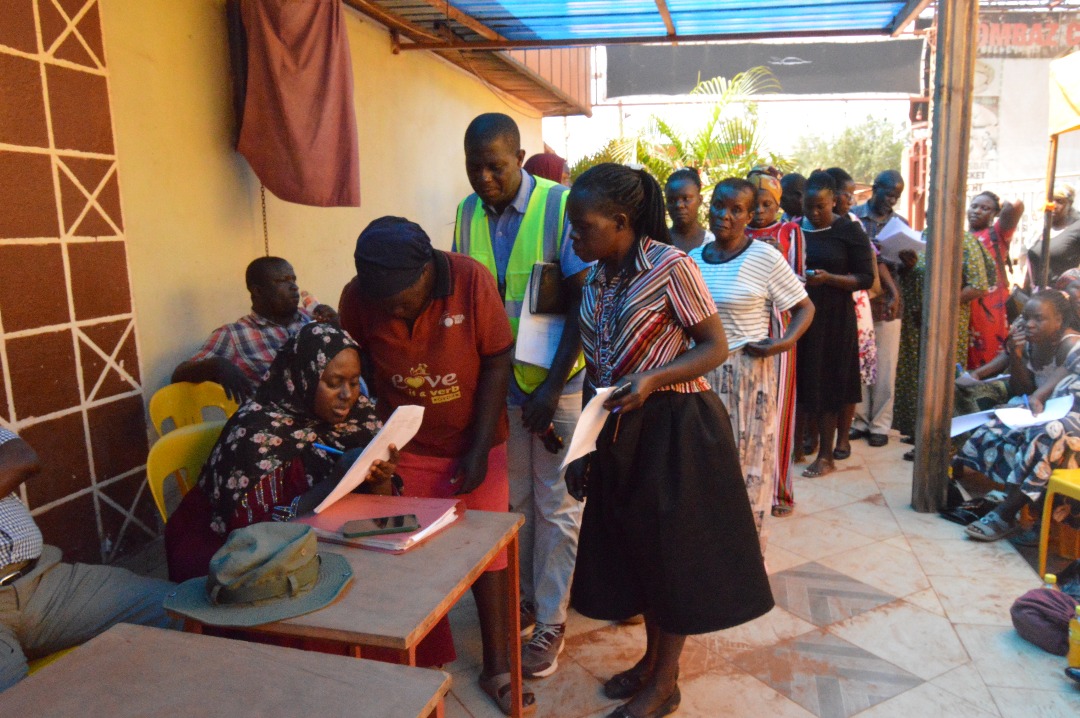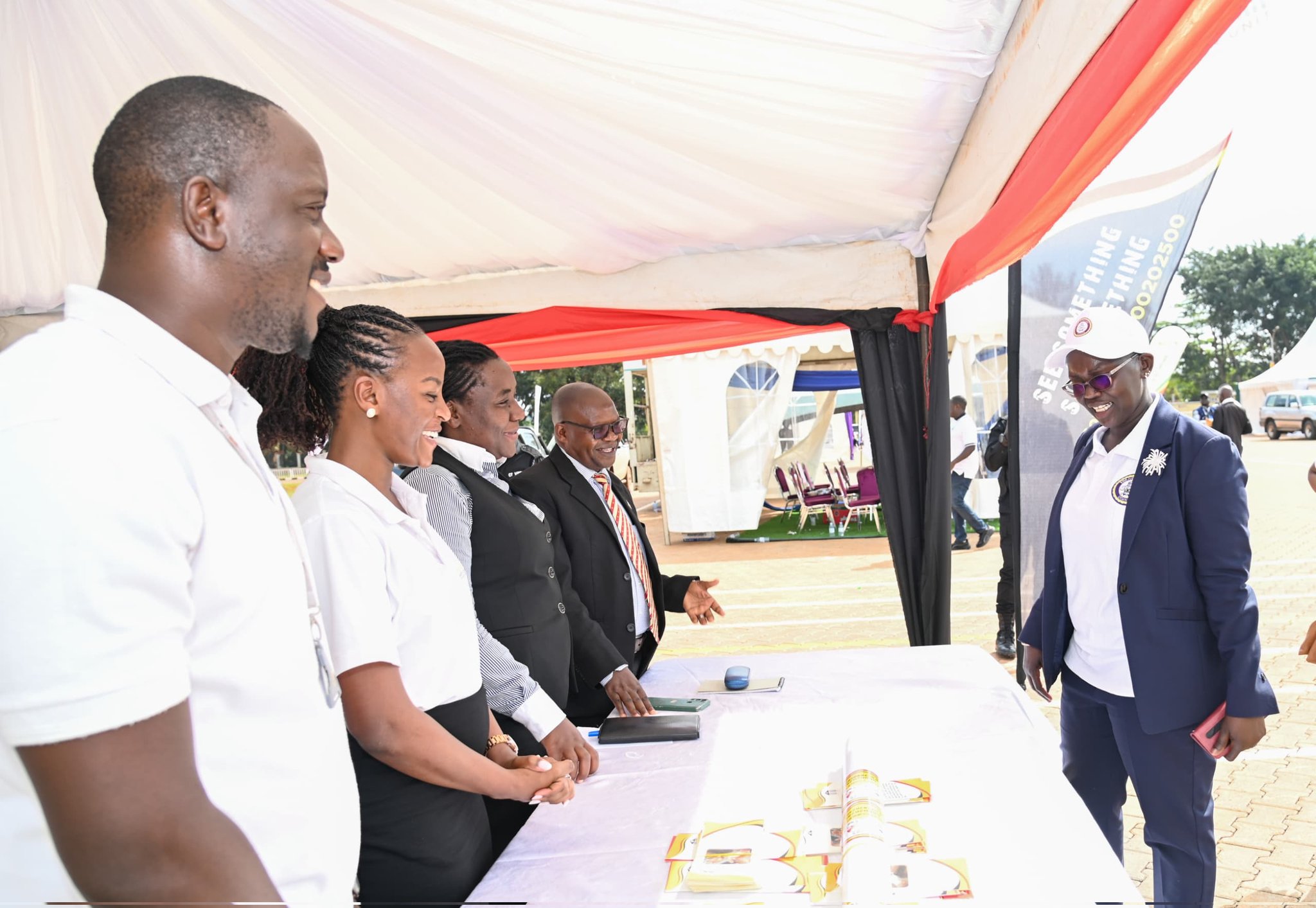The Parish Development Model (PDM) is one of the government’s flagship initiatives aimed at lifting Ugandans out of poverty.
During a PDM beneficiaries’ monitoring visit at Gayaza Parish Gardens and Gombaz Bar in Ndabazadde, Kabubu, Wakiso District, Bbeg Media spoke to Gladys Nattabi, the Community Development Officer at Kasangati Town Council, on the steps residents can take to access the funds.
“Every small-income earner has to go through these steps in order to get this money that was given by government to empower small businesses and income-generating projects,” said Nattabi.
According to Nattabi, all PDM applicants must belong to an enterprise group or association, which helps them access funding and coordinate activities at the parish level. Applicants are also required to present a valid national identity card and a letter of introduction from their Local Council (LC1) chairperson.
These documents are then submitted to the parish town agent, who serves as the PDM administrator at the parish level.
After submitting the required documents, applicants undergo a vetting process to determine whether they qualify as beneficiaries. This process takes place at the village level. Each parish or ward receives Shs 100 million, with each qualifying household expected to get Shs 1 million.
The funds are shared among special interest groups as follows: People with Disabilities (PWDs) 10 percent, the elderly 10 percent, youth 30 percent, women 30 percent, and men 20 percent.
Nattabi explained that each village will be represented by 14 people. In Kabubu Ward, for example, there are seven villages — Kabubu A, Kabubu B, Ngalamye, Ndabazadde, Namaine Jolwe, Manyangwa A, and Manyangwa B. To ensure transparency, a secret ballot is conducted to decide which village receives the funds first.
This is followed by home or site visits to applicants’ workplaces such as poultry farms, piggery projects, goat farms, or horticultural gardens.
Priority is given to residents engaged in poultry farming, chicken roasting, piggery, goat keeping, butcheries, and horticulture, including vegetable and matooke growing, and Irish potato sales. Every parish or ward is required to form a Savings and Credit Cooperative Organisation (SACCO).
The SACCO’s loans department is responsible for reminding beneficiaries to repay the money within two years. The Parish Development Committee, chaired by the LC2 chairperson and the parish town agent (who serves as secretary), oversees the entire process.
Nattabi noted several challenges facing the PDM, including failure by some beneficiaries to repay the money, poor time management during meetings, high illiteracy levels among some community members, and limited facilitation for SACCO leaders and PDM managers due to budget constraints.
Juma Kigongo, the deputy RDC of Kasangati, and Sauda Nabbumba from State House urged residents to follow the programme guidelines to benefit fully from the initiative.
“The Parish Development Model can only succeed if people work together, stay accountable, and use the funds for the intended purpose,” said Kigongo.
Nabbumba added that the government remains committed to ensuring that all Ugandans benefit from the programme aimed at improving livelihoods and reducing poverty.







